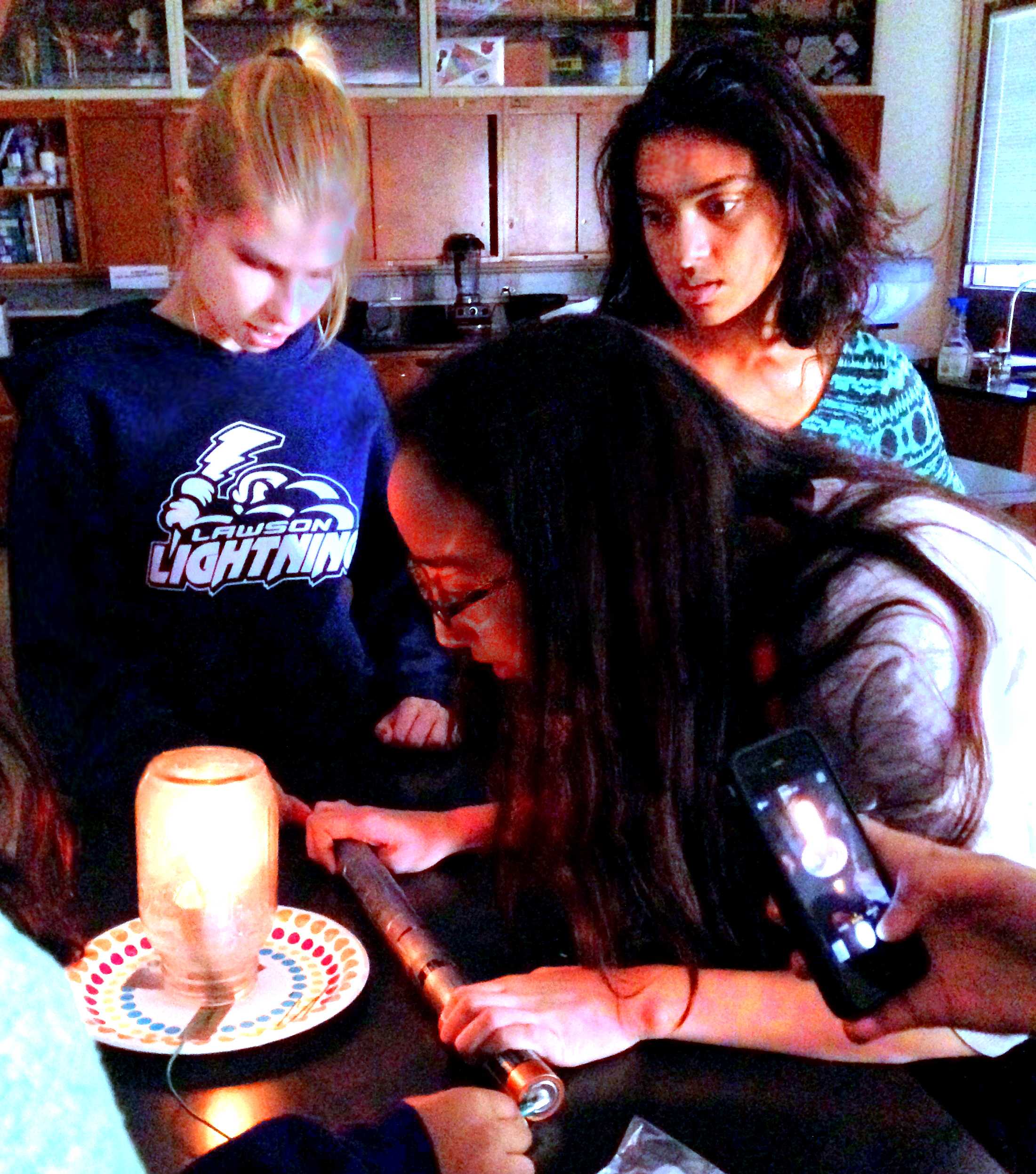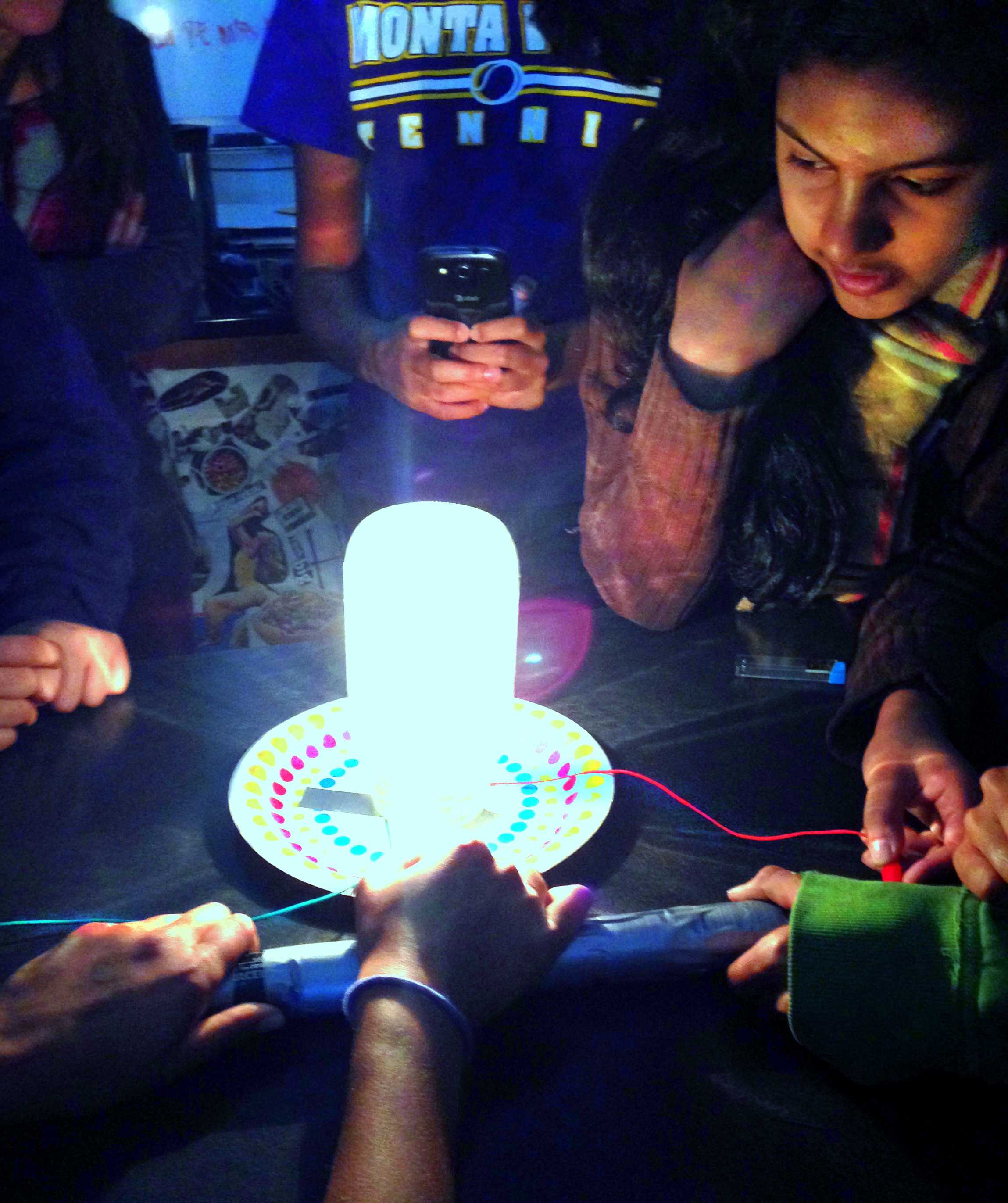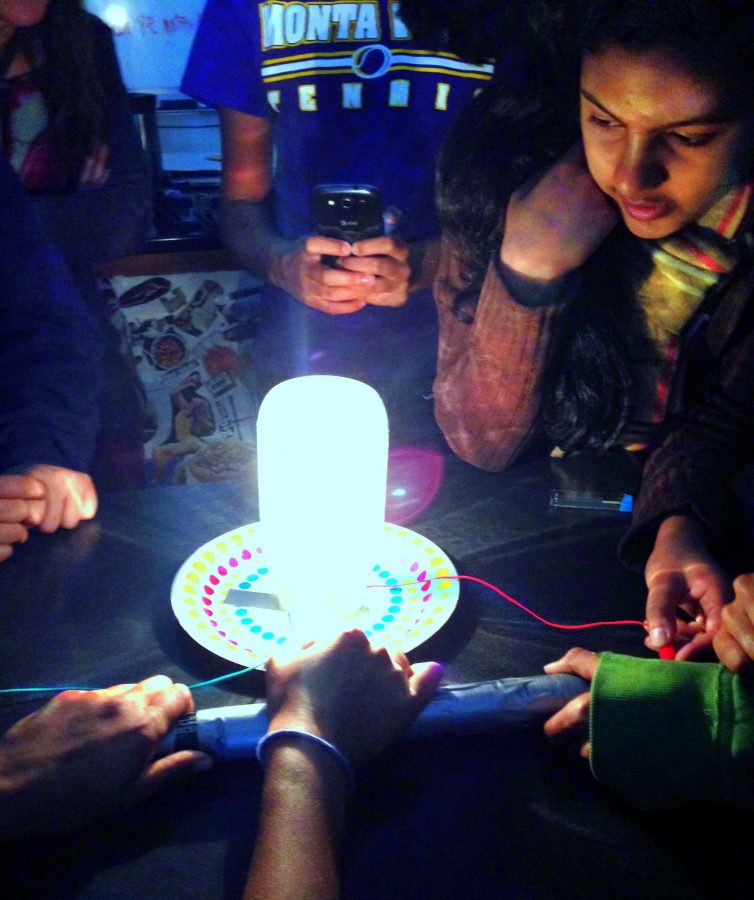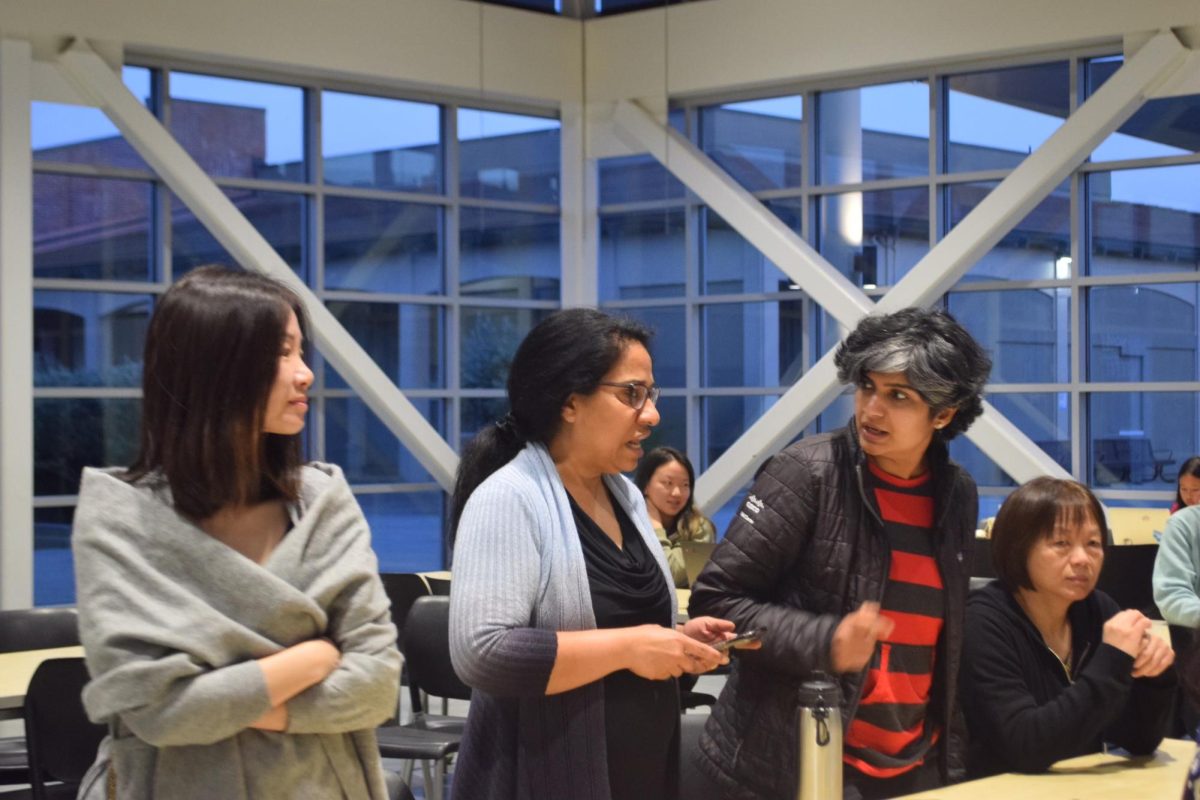Club engages in labs and exposition focused on problem-solving rather than technical knowledge.

WiSTEM holds experiments to expose its members to science in an engaging way, and probes its members to focus on problem-solving.
Recently, the club conducted an experiment with Duracell batteries, duct tape, alligator clips and pencil lead to test how pencil lead affects light. In the battery lab, a major question the officers asked the members was whether or not adding additional lead would make the light brighter.
“[The] biggest skills people are leaning towards are ‘Can you solve problems, or can you make things?’” senior Molly Vora, WiSTEM President, said. “As a club a lot of our goals are not only knowing the science aspect but using it to solve problems. In every lab we do, we try problem-solving.”
A major problem-solving based project the club plans to have in second semester is a WiSTEM exposition. For several months, members choose a science speciality and develop an in-depth project. This activity will be a collaboration with the WiSTEM clubs nearby, including the Harker School’s, Lynbrook High School’s and Saratoga High School’s” WiSTEM. The exposition will be influenced partly by the Tech Challenge and it will be similar to a science fair, according to Vora.
WiSTEM advisor Lora Lerner is in accord with the club’s view on problem-solving. She approves the club’s effort to incorporate problem-solving in a way classes may not.

“We also try to cover all the fields because the whole point of [a STEM club] is to give exposure [as the members] might not be interested in a certain field if they aren’t exposed to it,” Vora said.
“[Problem-solving] is a lot of the goal,” Lerner said. “What we focus on in at the school level is often not enough problem-solving and more information. We try to give you really basic problems but really the interesting part about science is when you try to solve harder problems. That’s really what it matters in the world, because we got problems in the world and we want scientists to help solve them.”
While the club allows its members to choose their focus and experiments for the exposition, the research leads Nupur Banerjee and Emma Lewis and the other officers try to incorporate all the branches of sciences throughout the school year to provide exposure to the members.
The battery experiment is part of the club’s voltaic cells unit. According to Vora, WiSTEM has multiple science units such as physics, biology and electrochemistry, each with a lab. Other experiments conducted include a lava lamp experiment, a ferrofluids lab and a dissection unit.
Besides providing exposure to science and focus on major skills such as problem-solving, a key component the officers consider when creating the labs’ presentation.
“I think overall the goal of doing the experiments is not so much about scientific rigor in the club as it is about having all the girls there to support each other while we are doing the experiments,” club treasurer senior Joyce Tien said. “It is mainly about having fun.”














